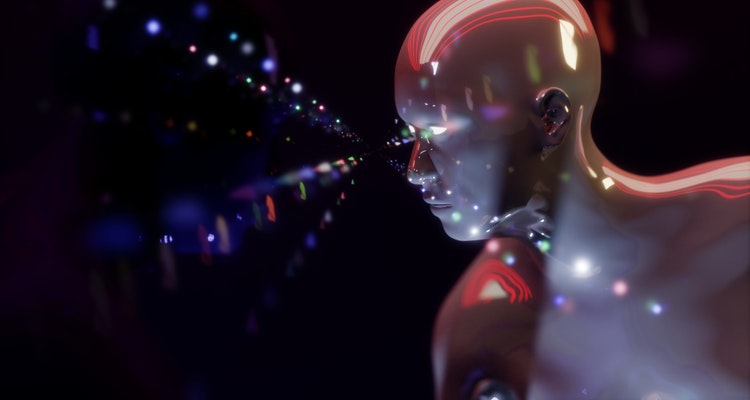
Photo Credit: pexels
If you thought fake news was a problem for social media platforms like Facebook, just wait until deepfakes become available on a widespread basis. Thanks to very rapid advances in artificial intelligence, you soon won’t be able to trust what you see or hear online. In the political realm, especially, deepfakes have the opportunity to completely change the game for political candidates by further dissolving the line between fact and fiction. (OMG, did he or she just say that? Umm, maybe.)
Deepfake political scenarios
Imagine, for a moment, seeing a video of President Donald Trump talking about colluding with the Russians, and perhaps even hearing him throwing in a few Russian words here and there (“Da, Comrade Putin, the plan is proceeding as agreed…”). Or imagine hearing an audio clip of Hillary Clinton talking about a new multi-million-dollar pay-for-play deal involving the Clinton Foundation, or some secret plot to take down Bernie Sanders.
Your first reaction might be: Of course, that makes perfect sense! But here’s the thing: if these video clips or audio recordings ever hit the Internet, you can almost be 100 percent assured that they are AI-powered deepfakes. They have been cleverly designed to manipulate people into thinking certain things. Because, of course, if you see it on the Internet, it has to be true…
What are deepfakes?
But let’s back up for a second here – what, exactly, are these deepfakes and how are they created? Some politicians have referred to them as “hyper-realistic digital forgeries.” What makes them so realistic is the fact that they are created with the help of artificial intelligence. Using techniques from machine learning, for example, it is possible to study a person’s speech habits, body movements, and facial expressions. It’s then possible to reassemble all of those elements into a very convincing digital representation, in which a person could literally be saying anything.
In one recent example, a group of Belgian political operators created a deepfake Trump video, in which he advocated that Belgium also drop out of the Paris Climate Agreement. And, back in 2018, actor and director Jordan Peele showcased how easy it was to have a video of former President Obama say anything he wanted him to say. If you looked very carefully, of course, you might notice some blurriness around the mouth and lips, and some sections of the video of obvious lower quality than others. But the reality of it all was quite stunning. (At the end of the short 1-minute video clip, Obama ends with a warning to, “Stay woke, b*tches”)
How will social media platforms respond?
The natural inclination might be to assume that social media platforms like Facebook can simply ban all of these deepfakes. But how realistic is that? Recently, Facebook faced criticism for letting a video of a slurring, stammering Nancy Pelosi remain on the platform, even after closer analysis revealed that the video had obviously been doctored to make her sound completely incoherent. Which raises the big question: Are deepfakes an allowable form of protected free speech?
Keep in mind – political operatives have for decades been operating at the fringes. In just the last election cycle, we saw fake news, fake followers, fake bots and fake dossiers. In the 2020 election, get ready for the next level – deepfakes cleverly inserted into the social media mainstream in order to take down a candidate by having him or her appear to do or say something very damaging.